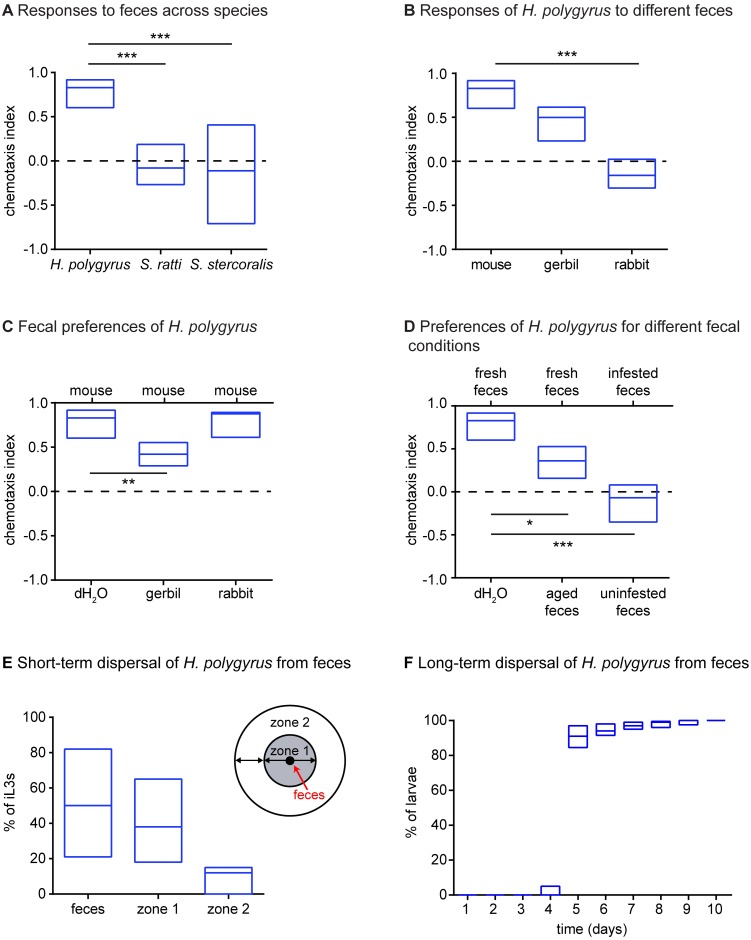Fig 2. H. polygyrus iL3s are attracted to host feces.
A. H. polygyrus iL3s were attracted to mouse feces. By contrast, S. ratti and S. stercoralis iL3s were not attracted to the feces of their hosts (rat and dog, respectively). ***p<0.001, Kruskal-Wallis test with Dunn’s post-test. n = 12–14 trials for each species. Data for S. ratti and S. stercoralis are from Castelletto et al., 2014 [18]. B-C. H. polygyrus iL3s respond differently to feces from different animals (B), and prefer mouse feces to gerbil or rabbit feces (C). Labels above and below each box in C indicate the opposing cues in the fecal preference assay. **p<0.01, ***p<0.001, Kruskal-Wallis test with Dunn’s post-test. n = 10–14 trials per condition. D. H. polygyrus iL3s prefer fresh mouse feces to aged mouse feces, but cannot distinguish mouse feces from infected animals versus uninfected animals. *p<0.05, ***p<0.001, Kruskal-Wallis test with Dunn’s post-test. n = 11–14 trials per condition. E. In a short-term dispersal assay, H. polygyrus iL3s leave feces to engage in host seeking. iL3s were placed on fresh mouse feces and allowed to crawl freely for 1 hour. The number of iL3s either on the feces, in zone 1, or in zone 2 (right) was then quantified. Approximately half of the iL3 population migrated off of the feces. n = 11 trials, with 15–40 iL3s per trial. F. In a long-term dispersal assay, nearly all H. polygyrus iL3s eventually left their original fecal pellet to engage in host seeking. The cumulative percentage of nematodes that had migrated off of their original fecal pellet was quantified each day over the course of 10 days. n = 13 trials. For all graphs, lines indicate medians and interquartile ranges.

